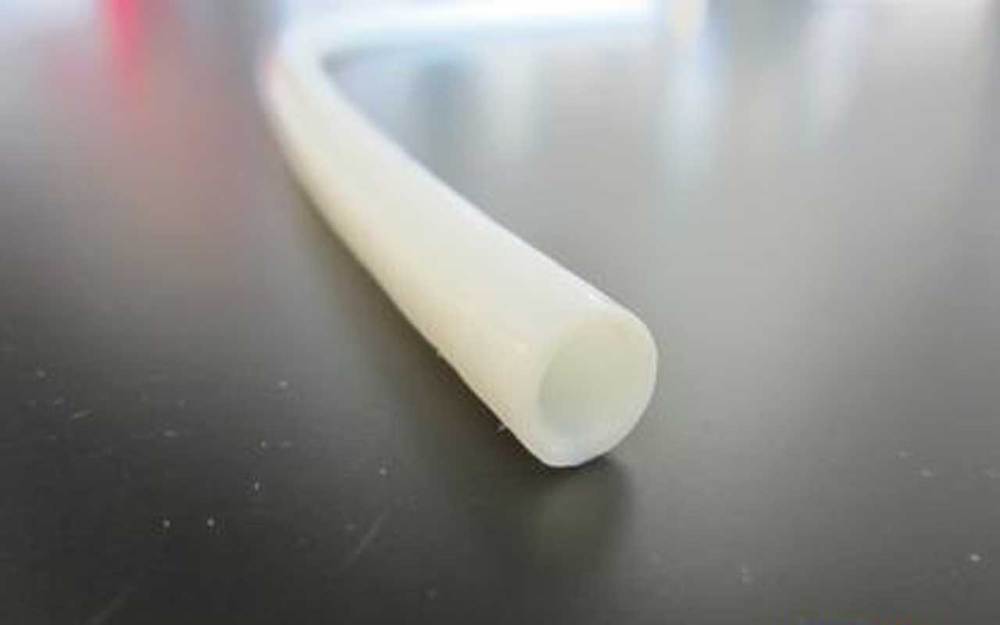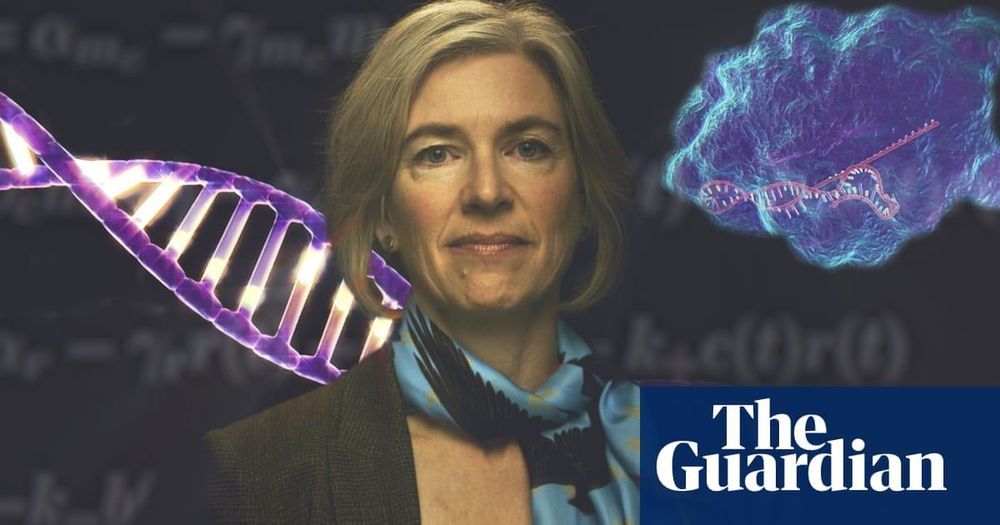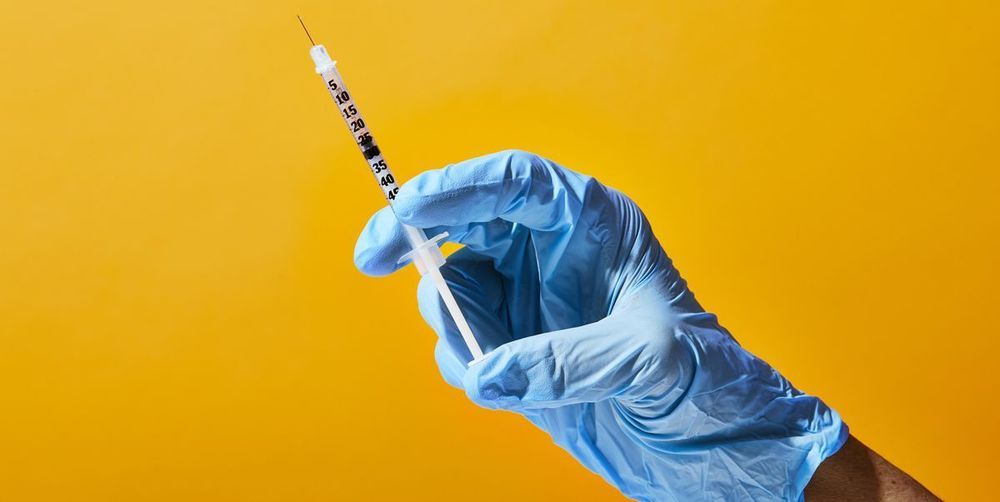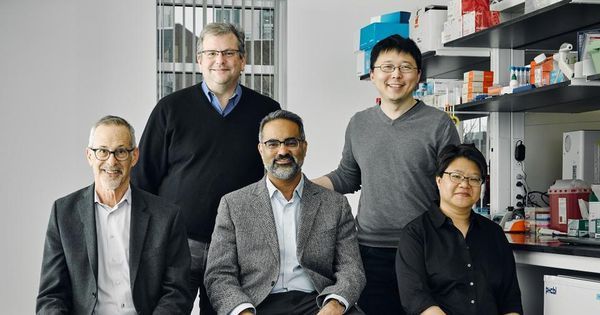My mission is to drastically improve your life by sharing how you can quickly break bad habits and build and keep new healthy habits. I read the books and do all the research and share my findings with you in my YouTube videos! Not a bad deal, eh?
This video is a book review of Telomere Lengthening: Curing all diseases including cancer & aging by Dr. Bill Andrews and Jon Cornell.
- Dr. Bill Andrew’s Facebook: https://www.facebook.com/telomere.bill.andrews
- Dr. Bill Andrew’s LinkedIn: https://www.linkedin.com/in/william-h-andrews-5455b45/
- Sierra Sciences website: http://www.cure-aging-or-die-trying.com/
- Defy Time’s website where you can buy TAM-818 products: https://defytime.com/
- Watch the documentary “The Immortalists” about Dr. Bill Andrews & Aubrey de Grey: http://theimmortalists.com/watch/?fbclid=IwAR1qDvp7b1fsmN2FJ…8FYKWYT4IY
- Telomere Lengthening: Curing all diseases including cancer & aging by Dr. Bill Andrews and Jon Cornell — book on Amazon: https://www.amazon.com/Telomere-Lengthening-Curing-Disease-I…atfound-20
keywords=telomere+lengthening&qid=1553009067&s=gateway&sr=8–2
- Curing Aging: Bill Andrews on Telomere Basics book on Amazon: https://www.amazon.com/Bill-Andrews-Telomere-Basics-Curing/d…6SQ55SA5JP
- YouTube video- Bill Andrews speech at RAADfest 2018 (Sept 21, San Diego, CA): https://www.youtube.com/watch?v=Mqb1D8Bwkc4
- YouTube video- Human Longevity Project Dr Bill Andrews: https://www.youtube.com/watch?v=-B_nyf-gOu0
- YouTube video- Dr. Bill Andrews, “Telomere Lengthening Resetting the Clock of Aging”: https://www.youtube.com/watch?v=ccs7lXTmlyE
- Life Length’s website: https://lifelength.com/
Dr. Bill Andrews commented on this book review shorting after it was uploaded to YouTube. Here’s Dr. Andrews’ comment: Great Review Brent!!! And, yes, I would love to do an interview with you. And, yes, I am coming out with a new book soon.
The most potent telomerase inducer, TAM818 (www.defytime.com) produces 16% of the amount of telomerase to stop telomere shortening.
Gene Editing is different than Gene Therapy (also called Gene Delivery). In our Gene Therapy (www.libellagt.com) we are delivering (not editing) the telomerase gene to human cells. Liz Parrish did Gene Therapy, not Gene Editing, though she does have big plans of doing Gene Editing also in the future.
My books are also available in other languages at www.defytime.com.
The reason that I wrote both books is to answer all the questions that people ask me when I speak on stage. It’s not meant to be a matter of opinion that needs scientific support. That is because most of what I say is not controversial at all. It is all widely accepted by the scientific community. Adding references would have just made the book more technical than I wanted. Nevertheless, the one chapter on “Telomerase Does Not Cause Cancer” is controversial and so, not only did I provide references, I provided a link so readers could read the full text scientific peer reviewed studies. Other than that chapter both books should be considered just aids to help others explain the field.
The fact that I didn’t include a biography of myself is because the book isn’t about me. I am not trying to promote myself. I am just trying to make the world aware of the field so that more people would take an interest in supporting it; whether it is my lab or others. For those that want to know more about me my bio can be found at https://www.sierrasci.com/bill-andrews-bio.
I sure hope Warren Buffet, Warren Buffet’s friend, or Dr. Peter Attia hear this book review!!!
- Forever Labs 1 year free cryogenic storage discount code ($250 value): BN801
- Forever Labs website: https://foreverlabs.com
- Viome’s website: https://www.viome.com/




